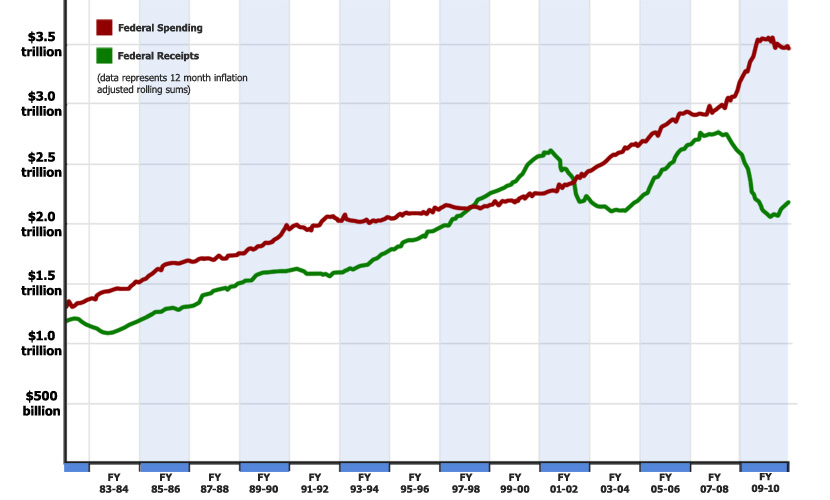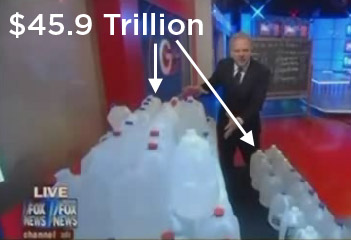If you’re in or near Washington, DC, I’d like to invite you to attend my full day data visualization training hosted by the Leadership Institute.
This session is cheap. $40 for the whole day and they give you food. They give you food! You could probably bring some big ziplock bags, rent a food cart for the day and make out ahead. Think of it as an investment.
You can read the formal description that they let me put up on their site but I wanted to give a more casual explanation here.
Who is this for?
This is the hardest part of the training for me. Who will be there? Programmers? Graphic designers? Journalists? Nobel Prize winning economists? Gender theory majors? I’m not making any promises, I just don’t know. So I’m trying to talk about all the things needed to make great data visualizations starting on the ground floor.
This is not visualization theory training. This is not sitting in a room listening to the sultry tones of my melodious voice all day.
I’m going to give a 1 hour presentation on how to do some stuff that you need to be able to do to make cool data visualizations, then there will be a lab, an hour of time to walk through the the stuff I just showed you. My goal is for everyone who attends to actually build 2 data visualizations during the course of the day.
Does this mean technical people will get nothing out of this? I sure hope not. I’ll be presenting on algorithms that I use, yes. But to make sure this is accessible, I’m also providing to the class a set of Excel helpers that I personally use to build my own visualizations. I’m also building a set of web-based tools to help get your visualizations started. I’ll provide all that code to the class so, if you’re technically minded, you can pull it apart and see how it works. And I’m happy to answer questions on it.
If you attend, you will get:
- To see my glorious face
- All the files, presentations, labs, and helper scripts that I present in the class.
- Membership in a Google Group where we can discuss visualization and you can get help with your visualization projects in the weeks after the class is over.
Things you will NOT need
- a dinosaur-powered rocket ship
- a mathematics background
- programming experience
- design experience
Things you WILL need
- clothes, probably
- a laptop with Microsoft Excel
- some kind of data manipulation software (Photoshop, Paint.Net, Gimp)
- the willingness to try something new
I’m excited about this event. You will never find training like this for $40… you’re basically stealing it.
This is like those Groupons that you could get when Groupon was just starting out and they totally ripped off their partners and you could get a dozen cupcakes from that tiny little cupcake store for $3 or whatever and 5000 people would buy them and put the little cupcake store out of business.
I’m the cupcake store. You’re the person who kind of feels a little guilty for taking advantage of this great offer, but, hey, it’s a great deal and you’re not going to pass it up.






